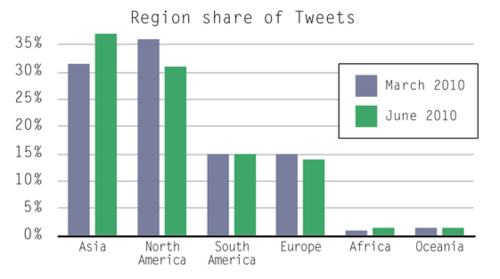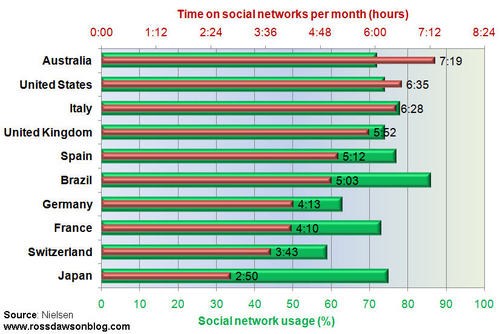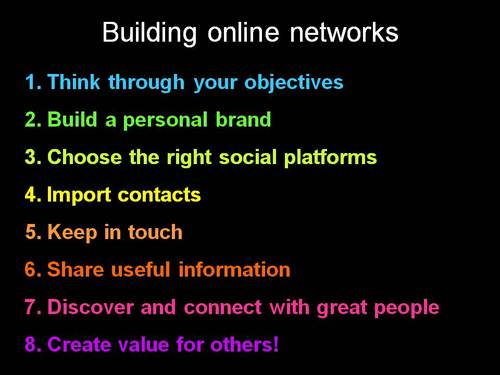Thoughts on the future of workplace communication
Earlier today I spoke on a live webcast on the Future of Workplace Communication as part of Viocorp’s Future Forum series.
I took notes during the panel session and posted these live on my blog right after the event. I took notes while the other panellists were speaking: Nicky Wakefield, head of human capital at Deloitte, Philip Cronin, general manager of Intel Australia, and Oscar Trimboli, head of the information workers group at Microsoft.
I wasn’t able to take notes while I was speaking myself, so having had a look at the panel discussion which is now archived and can be viewed at the Viocorp site (requires registration), I’ve written out some of what I said during the discussion.
10:50 – 14:00
Workplace is not a good term to refer to the future – people will be working from anywhere so workplaces will have less impact than they have today. In the bigger context we also have to question whether organizations as we know them today will exist. Transaction costs are going down, meaning that moving forward, organizations will have to justify why they exist. There will be many business models bringing together loosely coupled talent and processes.






